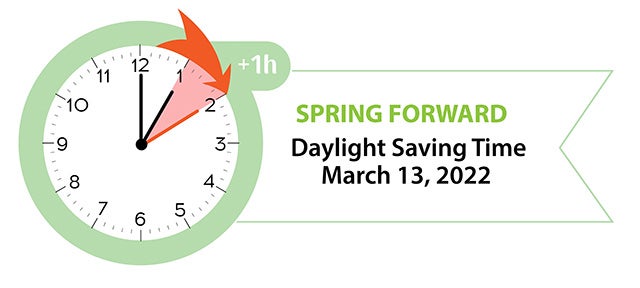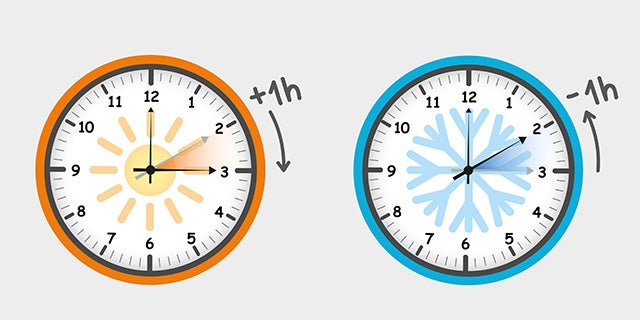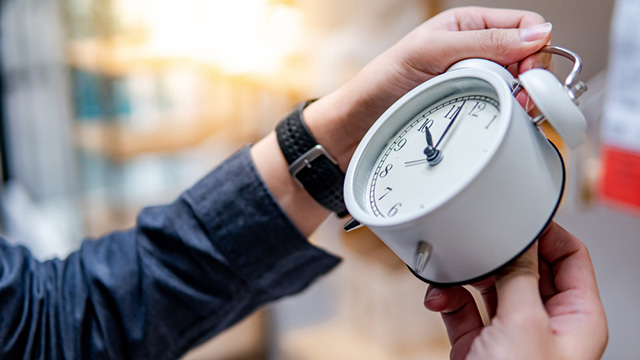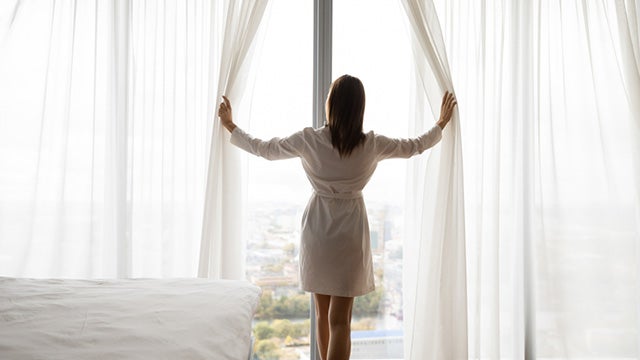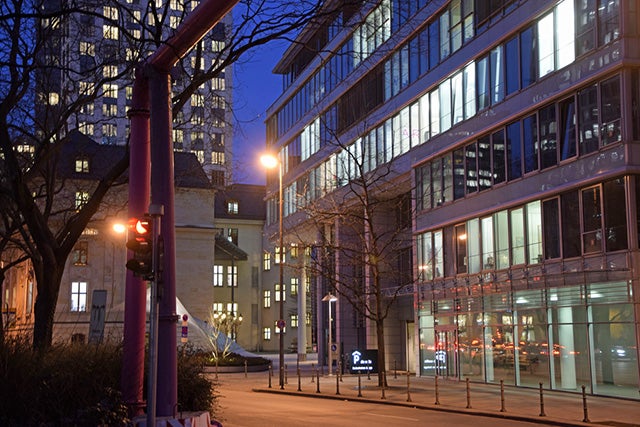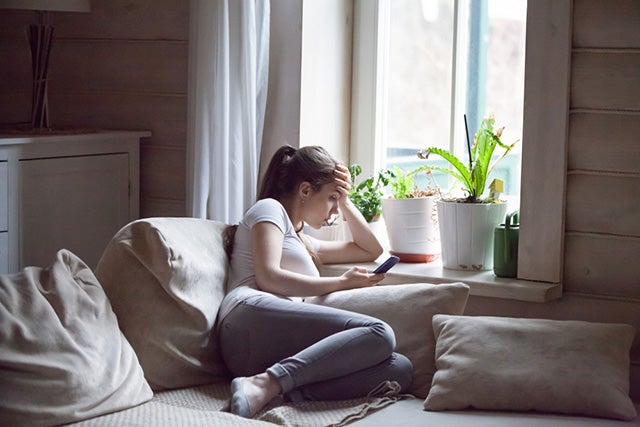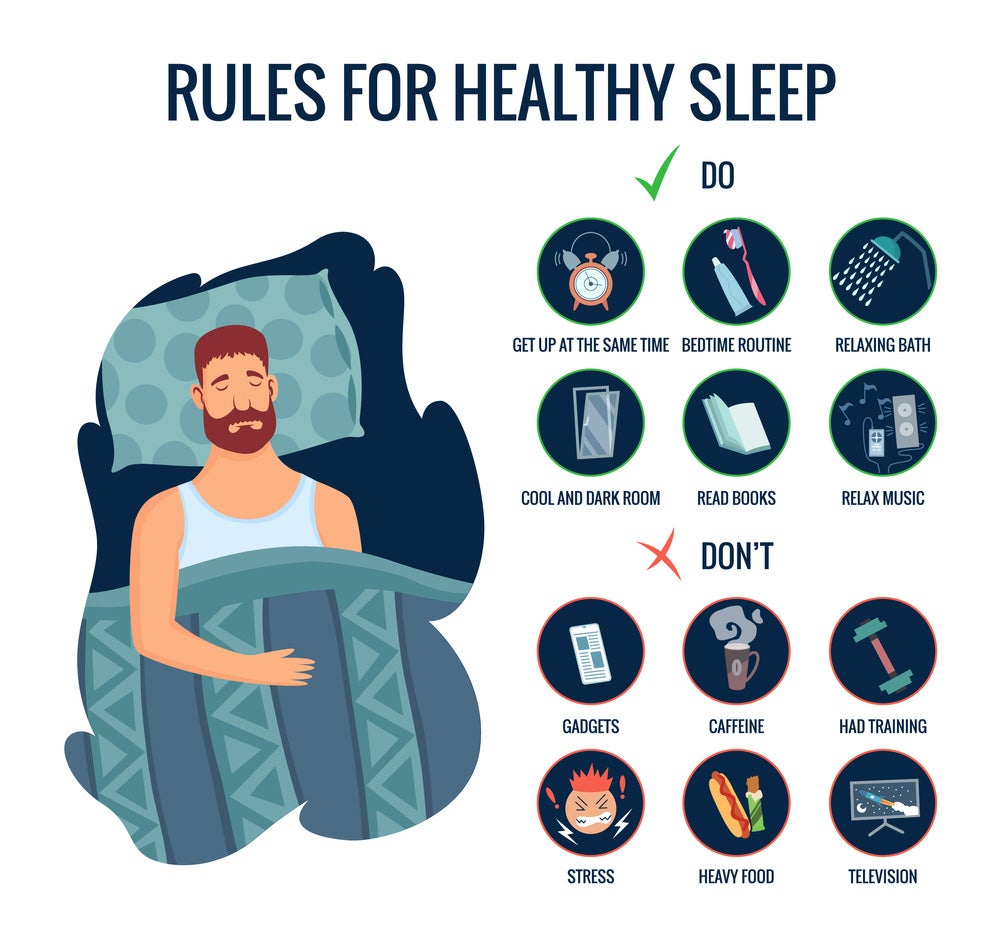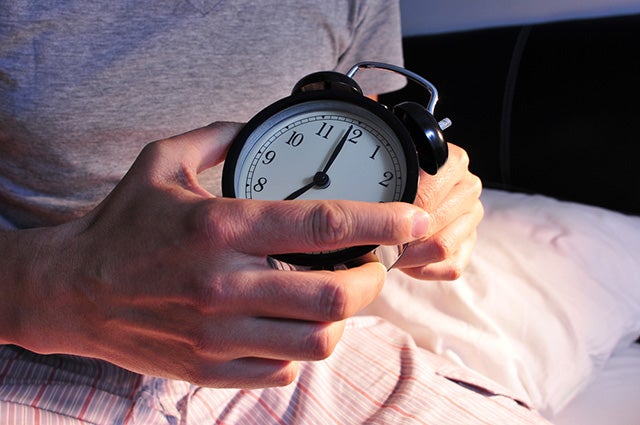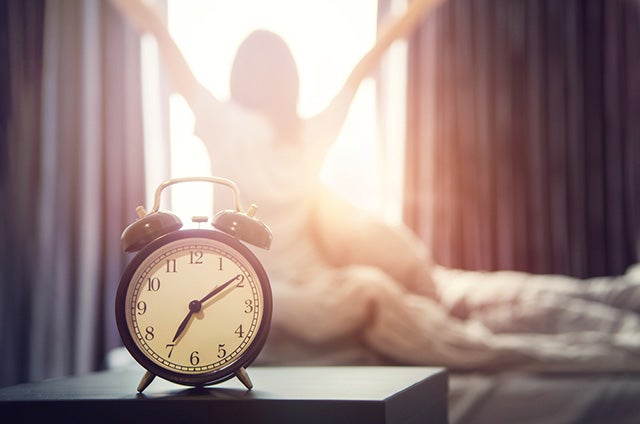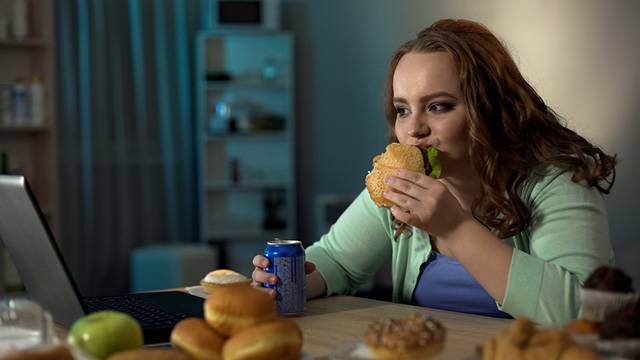Have you ever dreaded Daylight Savings Time and wondered if it sets you back physically or mentally? Plenty of evidence suggests DST might have short and long-term effects on the human mind and body. Let’s look at the ups and downs of losing an hour on the clock.
What Is Daylight Savings Time?
Daylight Saving Time (DST), sometimes referred to as summertime, is a mechanism for evenly advancing clocks throughout the summer months to prolong daylight hours during typical waking hours.
In Northern Hemisphere countries, clocks are typically advanced one hour in late March or early April and reverted one hour in late September or early October.
Historically, DST began on the last Sunday in April and concluded on the last Sunday in October in the United States. In 1986, the United States Congress approved legislation advancing the start of DST to the first Sunday in April but maintaining the end date.
In 2007, the United States modified DST again, moving the start date to the second Sunday in March and the expiration date to the first Sunday in November.
DST begins on the last Sunday in March and finishes on the last Sunday in October throughout the majority of western Europe.
Daylight Savings Time and the Circadian Rhythm
While no one knows why switching from DST to standard time boosts depression and substance misuse, there are a few ideas.
One possible explanation is that the time shift interrupts circadian rhythms or the body’s basic activities that run on a 24-hour cycle. While springing forward has a greater effect on circadian rhythms than falling back, any interruption can result in health concerns.
The human sleep-wake cycle is one of the most well-known circadian rhythms, as it determines when individuals fall asleep, wake up, or feel tired. Even a one-hour change in our sleep schedule can have a noticeable effect on our mood or level of worry.
By turning back the clocks an hour, the sun sets earlier. Because most Americans work a 9-to-5 schedule, the sun will have already set and subsequently slipped beyond the horizon by the time they clock out of the workplace or return home from school.
Positive Effects of Daylight Savings Time
While there are certainly negative impacts brought by DST, a few benefits show it’s not bad regardless of the circumstance.
Less Artificial Light
One of the reasons for DST is to align people’s active hours with daylight hours, requiring less artificial light. This makes less sense at the equator, where the amount of daylight varies little throughout the year. It is also true for the poles when the gap between winter and summer daylight hours is significant.
Adjusting daily routines to the changing day length over the summer may help save energy. Studies on energy use and DST discovered that latitude has a favorable correlation with energy savings.
Favors the Economy
According to the golf business, one month of DST is worth between $200 and $400 million due to the additional evening hours golfers may play. The BBQ sector calculated that one month of DST increased revenues by $150 million.
In 2007, an estimated $59 million was saved due to fewer robberies as a result of the sun rising later.
Chambers of Commerce often favor DST due to its economic benefits. Consumer spending surges during DST, providing a boost to the economy. Compared to Phoenix, Arizona, which does not have DST, customers in Los Angeles, California spent 3.5 percent less at neighborhood retailers after DST expired in the fall.
Brighter evenings benefit the tourism business. Extended evenings provide additional opportunities for people to go to restaurants and bars, shopping, or to other events, increasing the local economy.
Increases Time Spent Outdoors
Changes in time don’t actually create more daylight, but they change the times for sunrises and sunsets. That means that you get one extra hour during the afternoon.
Proponents of DST believe that the longer evenings encourage people to socialize. The additional hour of daylight is ideal for outdoor activities such as golf, soccer, baseball, and running. DST may thus act as a counterbalance to the sedentary lifestyle associated with modern existence.
Negative Effects of Daylight Savings Time
There are downsides to DST which might not make it worth our health.
Insignificant Energy Savings
When DST was established a century ago, greater daylight was seen positively because it meant reduced reliance on artificial light and more energy savings.
With its computers, television sets, and AC units, modern society consumes more energy regardless of whether the sun is up or not. Today, the energy savings associated with DST are insignificant.
Decreased Productivity
The Monday following the springtime change is dubbed “Sleepy Monday,” as it is one of the year’s most sleep-deprived days. The week following the spring DST time change, there is an upsurge in “cyber-loafing” (workers spending time online) due to exhaustion.
Because the human circadian clock does not adjust to DST, the bulk of the population has significantly lower productivity, lower life quality, increased susceptibility to sickness, and is simply exhausted.
Increased Expenses
According to the Air Transport Association, DST cost the airline sector $147 million in 2007 because of muddled scheduling schedules with nations that do not observe the time shift. The Lost-Hour Economic Index shows that springing forward costs the US economy $434 million in total. This covers health concerns, lower productivity, and job injuries.
More Health Issues
Even a one-hour time change affects our body clocks or circadian rhythms. For the majority of people, the ensuing fatigue is merely a nuisance. However, for some, the time change might have a more substantial impact on their health.
Before the start of DST, sleep deprivation has been linked to car accidents, occupational injuries, miscarriage, and suicide. Depression has been connected to the early evening darkness following the conclusion of the DST period.
When DST is initiated, the chance of experiencing a heart attack increases. However, the additional hour of sleep gained at the end of DST has decreased the risk of heart attacks.
How Long Does It Take to Adjust to Daylight Savings Time?
Though oversimplified, a general guideline is that it takes around one day to acclimate to an hour of time shift. However, there is considerable individual variation.
If you obtain seven to eight hours of restful sleep and go to bed a bit earlier the night before, you may feel rejuvenated in the morning. If you are already sleep-deprived and surviving on six hours of sleep, you are likely in trouble, especially if you consume caffeine or alcohol near night.
You may well suffer the typical sleep-deprived individual’s declines in performance, focus, and memory, as well as exhaustion and daytime sleepiness.
Do We Really Benefit from Daylight Savings Time?
Less than 40 percent of the world’s countries observe daylight saving time. On the other hand, those who observe DST take advantage of the natural daylight throughout the summer evenings.
Because the days begin to lengthen as the Earth transitions from winter to spring and summer, with the summer solstice being our longest day of the whole year. During each hemisphere’s summer season, the Earth, which circles at an inclination around its axis, is inclined straight toward the sun.
Countries farthest from the equator and closest to the poles benefit most from DST clock changes because there is a bigger change in sunlight over time.
Having more daylight in the evenings also means fewer accidents on the roads because there are fewer cars on the road during darker hours. Increased daylight may also imply increased outdoor activity for full-time workers.
Implementation Reasons
The ostensible motivation for daylight savings time has historically been energy conservation. The time shift was first implemented in the United States during World War I and was put back in place as part of the war effort during World War II.
However, the evidence for any meaningful energy savings is scant. Brighter evenings may result in energy savings. As lighting has become more efficient, it now accounts for a lesser portion of total energy usage than it did a few decades ago.
Heating and cooling are certainly more critical, and some locations may require air conditioning during the longer, hotter summer evenings of daylight-saving time.
Four weeks of additional daylight-saving time implemented in the United States in 2007 did save some energy. Around half of what would have been spent otherwise on each of those days. The effect of the entire month-long daylight-saving time period could very well be the reverse.
The Energy Issue
One of the difficulties in evaluating the effect of daylight-saving time on energy usage is the policy’s limited implementation, which makes before-and-after comparisons difficult.
Daylight saving time was extended in 2007, and it was possible to make a before and after comparison in a matter of weeks. The energy issue is probably not the primary reason the United States continues to observe daylight saving time.
Does Daylight Savings Affect Mental Health?
Found in a statement released by the American Academy of Sleep Medicine, both the transition into and out of DST have been connected with sleep disruption, mood problems, and suicide.
A 2017 study published in Epidemiology indicated that switching from DST to standard time increased hospital visits for depression by 11 percent. According to the study, this could be linked to anxiety about an earlier sunset.
This change in time, particularly for persons predisposed to anxiety or depression, might precipitate an episode of despair or anxiety.
Seasonal affective disorder can be exacerbated or increased by the time change. SAD is a type of depression that occurs in the fall and winter and sometimes correlates with the days becoming shorter.
Does Daylight Savings Time Affect Physical Health?
Studies found a connection between DST and an increase in road accidents, a rise in heart attacks, and strokes. And, while many people may use the extra hour this weekend to engage in waking activities, sleep experts suggest that allocating that time to sleep might have a big impact on your health.
Consistency in our sleep and wake times is just as critical as the duration of our sleep. And there is a wealth of data on the negative impacts.
It’s always beneficial to get an hour of sleep, as long as individuals take advantage of it. If they go to bed at their regular time and wake up an hour later, this will positively affect their health.
Daylight saving time, which was instituted to conserve energy, pits our internal clocks against our timepieces. The suprachiasmatic nucleus (SCN) is a “master” located in the brain’s hypothalamus. It employs chemical and hormonal signals to synchronize time throughout the body.
Our internal clocks regulate various activities, including our immune system, how the liver functions, and the physiology of our bodies. That means that any interruption can have a substantial impact.
Researchers examined the rate of strokes during the week following daylight saving time to the rate two weeks before or after.
They discovered that the rate was 8 percent higher in the first two days following the change. Persons with cancer were 25 percent likelier to experience a stroke than other times throughout the year.
According to a 2019 analysis, there is an increased risk of a heart attack following both time changes, but mainly during daylight saving time. Circadian rhythm disruptions can also impair judgment and focus. According to a 2020 study, fatal road collisions increased by 6 percent across the US during DST.
Tips for Dealing with Daylight Savings Time and Sleep
— Having a Routine
Sleeping and getting up at the same time each day (even during the weekend) is a good practice for maintaining excellent sleep hygiene and preparing for time changes. Everyone should get at least seven solid hours of sleep every night before and following the DST transition.
— Gradually Adjusting Sleep Time
A couple of days prior to the DST transition, you can wake up 15 to 20 minutes earlier. You should pre-set your alarm clock back another 15 to 20 minutes on the Saturday before the time change. This will help smoothen the transition when the time comes.
— Get Sunshine
Because natural light influences our circadian rhythms, exposure to sunlight can help ease the daytime fatigue that frequently occurs with time changes.
Spending time outside throughout the day also reduces the production of melatonin, a hormone produced in the evening to assist you in feeling weary and prepared for bed.
— Take Naps
Individuals experiencing sleep debt as a result of DST may find comfort by taking short naps during the day. Naps should never last longer than 20 minutes. Rather than changing your wake-up time immediately following a time change on Sunday morning, consider taking a nap that afternoon instead.
— Watch Your Caffeine Consumption Later in the Day
Caffeine consumption within six hours of bedtime has been shown to affect your sleep pattern. Caffeine in little doses in the morning or early afternoon should have a negligible influence on your sleep.
— Practice Sleep Hygiene
Sleep hygiene refers to behaviors that might positively or negatively affect sleep. To make the time shift transition easier, you should abstain from alcohol before bed.
While alcohol can make you tired initially, it also disrupts sleep and contributes to poor sleep quality. Consuming large dinners and snacks before bedtime might also negatively affect how well you sleep.
Final Words
It’s safe to say that daylight savings time no longer fulfills its original purpose. While initially thought of as an energy-saving method, it doesn’t make sense in a society where electricity consumption peaks throughout the day. There is some debate about DST and whether it should still stick around. One thing is certain: it does not benefit the overall population’s health.
Photo credit: Tsareva.pro/Shutterstock; Zephyr_p/Shutterstock;
fizkes/Shutterstock; krissikunterbunt/Shutterstock;
djile/Shutterstock; Impact Photography/Shutterstock;
Nataliia Yankovets/Shutterstock; Rido/Shutterstock;
Designer things/Shutterstock; nito/Shutterstock;
oatawa/Shutterstock; Johnstocker Production/Shutterstock
Frequently Asked Questions
When is daylight savings time?
DST always starts on the second Sunday in March. It ends on the first Sunday in November.
Are States getting rid of daylight savings time?
DST is not available in American Samoa, Guam, Northern Mariana Islands. Hawaii, the US Virgin Islands, Puerto Rico, and some parts of Arizona.
Do we really need daylight savings time?
According to the Department of Transportation, daylight savings time saves energy, decreases traffic accidents, and lowers crime. However, sleep scientists argue that the health risks of daylight savings time disrupting our sleep exceed any benefits.
